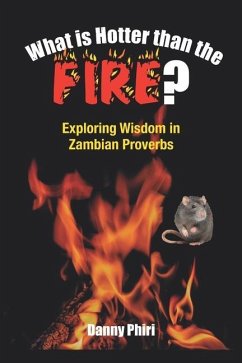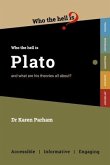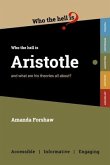Proverbs have been in use for many centuries by various cultures.Although the proverbs may be different in different cultures, their use and applications can be universal if the proverbs are accurately explained and fully articulated for other cultures to understand. Zambian cultures have been using proverbs, which may be unique to the Zambian cultures, but their application have found common grounds with other proverbs from other cultures. Proverbs have a special way of expressing a very important point in a very summarized form. Some of the Proverbs in this Book are more straightforward and easy to understand than others. Sometimes people find it difficult to understand some proverbs due to the lack of the context in which those proverbs were formulated. The author uses the stories to contextualize the proverbs. It is evident that once the context is clear, most people begin to enjoy the use of proverbs in their day-to-day talks. Proverbs are also a common way in which many cultures summarize long stories. In some cases, the proverbs are used to hide the actual meaning to those who do not know the context in which such a proverb was formulated. In some cases, the proverbs are also used to make the listener formulate their own meanings of what they are hearing from others. >Most of the stories in this book are in the Zambian context and are around the animals, usually considered to have been able to talk to each other, in some cases even with human beings. The stories are mostly in the pre-industrial times, when electricity, modern communication gadgets and civilization had not yet been developed. The book also highlights different characters attributed to different animals. For example, Rabbit the Hare is commonly and popularly known as Kalulu. Kalulu is known to be a trick-star, subtle and usually a liar. If someone is described as Kalulu, most people are careful in accepting anything they say. On the other hand, a person described as a Hyena, is said to be silly, dull, greedy, and unkind. Most people avoid associating with such a person. The book does not put the proverbs in any sequence or prioritize one proverb over the other. All proverbs may be applied independently or jointly. The book leaves the reader to want to understand other proverbs from other cultures.
Hinweis: Dieser Artikel kann nur an eine deutsche Lieferadresse ausgeliefert werden.
Hinweis: Dieser Artikel kann nur an eine deutsche Lieferadresse ausgeliefert werden.


![A Sermon Preached in the Cathedral Church, Fredericton, and in St. John's Church, St. John, on the Occasion of the Late Calamitous Fire [microform] A Sermon Preached in the Cathedral Church, Fredericton, and in St. John's Church, St. John, on the Occasion of the Late Calamitous Fire [microform]](https://bilder.buecher.de/produkte/66/66164/66164928m.jpg)





